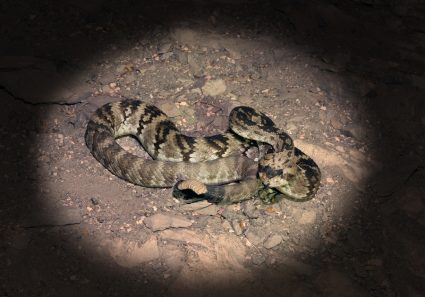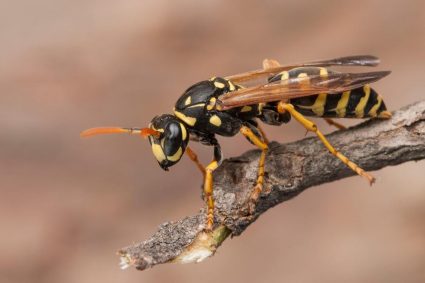
In the battle against mosquitoes and fleas, nature has provided us with some powerful allies. Certain plants, due to their natural fragrances and properties, can help repel these unwelcome guests. In this comprehensive guide, we’ll explore the most effective plants for repelling mosquitoes and fleas, discuss how they work, and provide tips for integrating them into your existing garden or landscape.
Certain plants, due to their natural fragrances and properties, can repel mosquitoes and fleas. For mosquitoes, effective plants include lavender, marigolds, citronella grass, catnip, rosemary, basil, and scented geraniums. For fleas, effective plants include wormwood, chamomile, citronella, fleawort, lemon grass, mint, and rosemary. These plants work by releasing compounds and chemicals that act as repellents, deterrents, toxins, and growth regulators for these pests.
The Most Effective Plants for Repelling Mosquitoes and Fleas
Several plants have proven to be effective in keeping mosquitoes and fleas at bay. Here are some of the most potent ones:
For Mosquitoes:
- Lavender: Known for its beautiful fragrance, lavender is effective in repelling mosquitoes due to its essential oils.
- Marigolds: These colorful flowers are not only visually appealing but also help keep mosquitoes away with their distinct scent.
- Citronella grass: A well-known mosquito deterrent, citronella grass also repels fleas.
- Catnip: This plant is popular among cat owners, and studies have shown it’s effective in repelling mosquitoes.
- Rosemary: An herb with a woody scent, rosemary keeps mosquitoes, fleas, cabbage moths, and carrot flies away.
- Basil: This culinary herb is also effective in repelling mosquitoes.
- Scented geraniums: These plants are known for their mosquito-repelling properties.
For Fleas:
- Wormwood: Known for its strong aroma, wormwood is a good deterrent for fleas.
- Chamomile: This calming herb is not only good for a soothing cup of tea but also effective against fleas.
- Citronella: Not just for mosquitoes, citronella is also effective against fleas.
- Fleawort: This plant is less well-known but is a powerful deterrent for fleas.
- Lemon Grass: Effective in repelling both mosquitoes and fleas, lemon grass is a popular choice for pest control.
- Mint: All types of mint plants repel mosquitoes and fleas, and they grow and spread quickly.
- Rosemary: This herb is not just for cooking; it’s also effective against fleas.
How Do These Plants Work?
Plants repel mosquitoes and fleas primarily through their natural fragrances, which are unpleasant or overpowering for these pests. These plants release compounds and chemicals that act as repellents, deterrents, toxins, and growth regulators for insects.
To use these plants effectively, plant them in areas where people and pets frequently gather, such as seating areas, doorways, or around pet kennels. Crushing the leaves of some plants, like thyme and tansy, and rubbing them on exposed skin can also help repel mosquitoes. However, it is essential to ensure that the plants you choose are safe for pets and humans, as some can be toxic if ingested or cause skin irritation.
Integrating Mosquito and Flea-Repelling Plants into Your Garden
Integrating these plants into your existing garden or landscape requires strategic planning. Consider factors such as the specific plant species, the method of application, and the target insect species when evaluating their overall efficacy.
Remember to assess your site, choose complementary plants, incorporate native plants, group plants with varying heights and sizes, and practice companion planting. Also, keep your garden weed-free, as weeds can provide food and shelter for pests.
Studies Supporting the Effectiveness of These Plants
Several studies showcase the effectiveness of plant-based repellents against mosquitoes and fleas. A systematic review assessed the effectiveness of plant-based repellents against Anopheles mosquitoes, which are responsible for transmitting malaria. Another study found that essential oils from thyme, myrtle, and yarrow showed excellent to good repellency against human fleas (Pulex irritans).
In conclusion, nature provides us with a wide array of plant allies in the fight against mosquitoes and fleas. By understanding their properties and how to use them effectively, we can create outdoor spaces that are more enjoyable and less buggy.
Frequently Asked Questions
Can I use these plants indoors to repel mosquitoes and fleas?
Yes, many of these plants can be grown in pots and placed indoors. However, they are most effective when grown outdoors in areas where pests are most likely to enter your home.
How do I take care of these plants?
Each plant has its own specific needs in terms of sunlight, watering, and soil type. It’s best to research each plant individually to ensure you provide the right care.
Are these plants safe for my pets?
While many of these plants are safe for pets, some like Wormwood can be toxic if ingested. It’s important to research each plant’s safety for pets before introducing them to your home or garden.
Can these plants eliminate an existing mosquito or flea infestation?
These plants can help deter mosquitoes and fleas, but they likely won’t eliminate an existing infestation. If you’re dealing with an infestation, it’s recommended to seek professional pest control services.
How long do these plants take to start repelling pests?
The plants start repelling pests as soon as they start releasing their natural fragrances, which typically happens when they are mature and healthy. This time frame can vary depending on the plant and its growing conditions.
Can I use the essential oils of these plants instead of growing them?
Yes, essential oils of many of these plants can also be effective in repelling mosquitoes and fleas. However, it’s important to use them correctly and safely, especially around children and pets.











